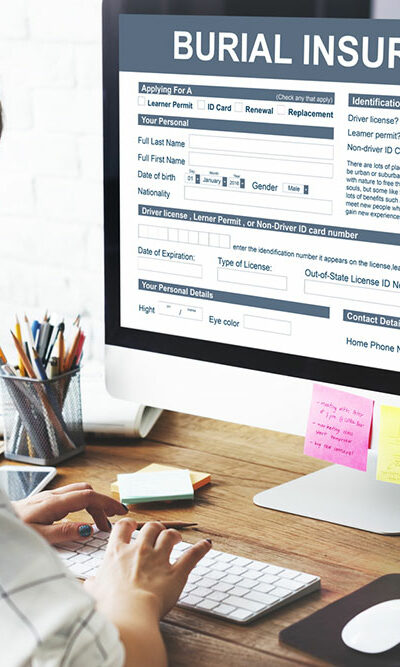
Burial insurance – Types, coverage, and things to consider
Burial and funeral are sensitive things to speak about, but one must understand certain elements of it. One important part of the process is burial insurance (funeral or final expense insurance). The insurance option covers the deceased member’s funeral, burial, and other associated expenses. Moreover, it ensures that the member’s family does not have to worry about paying excessively out of pocket on the sensitive occasion. Here are some important things to know about burial insurance. Types of burial insurance Before one purchases a policy to cover burial and funeral costs, it is important to consider all the available insurance types. The most commonly available options include: Simplified issue life insurance Under this type of insurance, an applicant does not have to undergo a comprehensive healthcare examination to be eligible. But, one will have to answer a few questions associated with their health. If an applicant has any pre-existing health complications or if the person indulges in activities that may endanger their life, they might be denied this policy. One should also note that a simplified issue policy offers quicker approvals and could even provide higher coverage amounts in comparison to other types of insurance. Guaranteed issue life insurance This type of policy does not require any health questions or healthcare examinations. Those who apply for it are approved as long as they fall within the age range specified by the insurer (usually 50 to 85 years old). A guaranteed issue life insurance policy also has a waiting period, during which, if an individual passes away due to natural causes, the beneficiaries do not receive the entire sum assured. Since the policy may also put the insurer at a higher risk, the policyholder may need to pay a higher premium. Pre-need insurance A pre-need insurance policy is usually sold directly by funeral homes.










